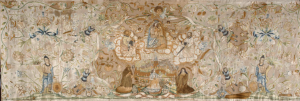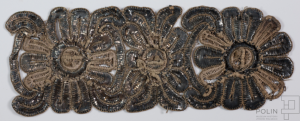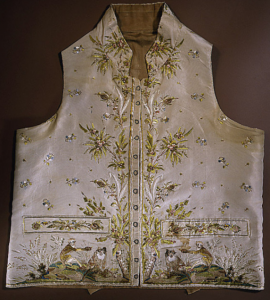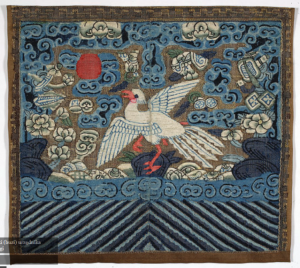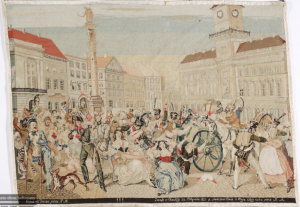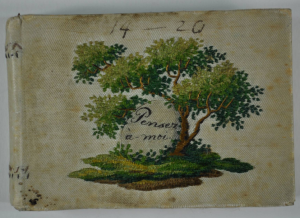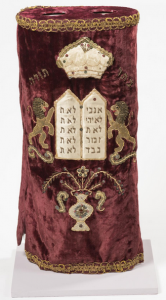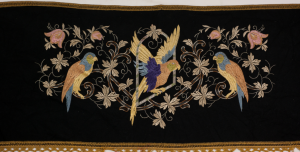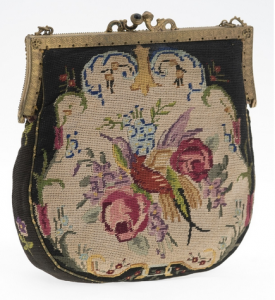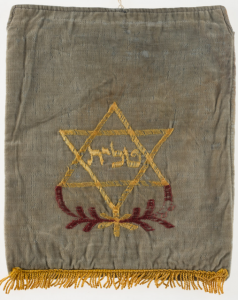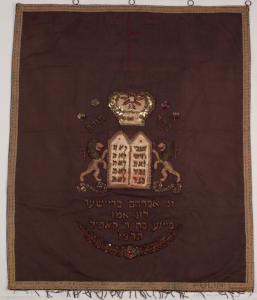Painted with a needle – embroidery
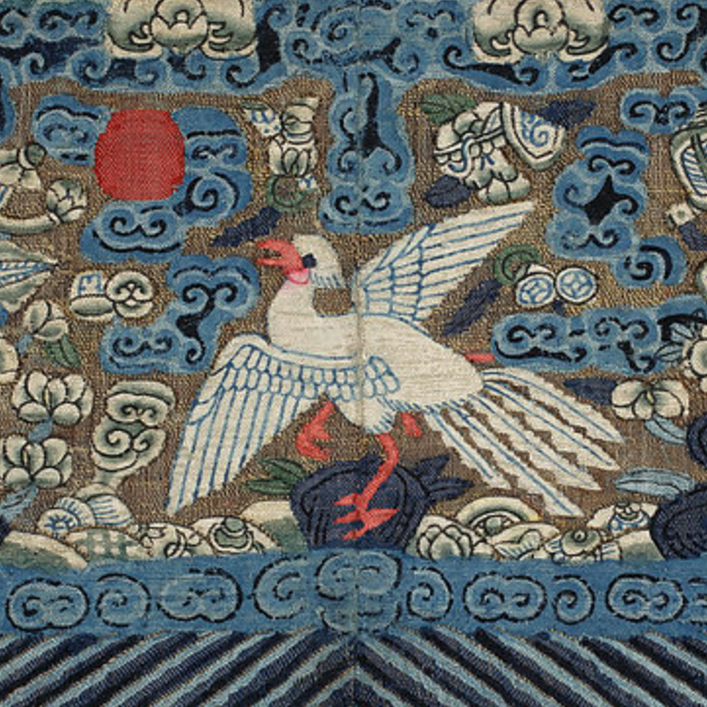
The tradition of embroidery craft dates back to the ancient times, it has thousands of local currents, evolves all the time, above and beyond is often redefined in our times and by the modernization of methods and thematics can be as well a device for avantgarde artists as for tradicionalists undertaking customary templates. In resources of libraries belonging to the Digital Library Federation we can find many forms of embroidered artpieces. One of the biggest collections of historic objects decorated with the manual embroidery belongs to the National Digital Museum in Warsaw, these are for example: 19th century album in a case, a diary in a silk binding, a folder, a tapestry, a gobelin mandarin tie, a 17th century silk antependium, or a male vest. Equally diversified objects are available in a Central Judaica Database – these are mainly elaborative decorations on religious clothes (atara, a bag for tallit, a cover for aron ha-kodesz, a dress for Tora) and secular objects (a fabric, a gobelin Regina Horowitz’s bag). Polish, traditional embroideries are available in a few regional digital libraries e.g. in the Baltic Digital Library (kashubian embroidered towel). More about Polish embroideries can be found in articles shared by the Digital Library of PIA and they are mostly richly illustrated texts about among others: Silesian folk embroidery, embroideries of Wielkopolska region, folk embroideries on parts of clothing or the kurpiowski embroidery in White Forest.
